
6 Customer Feedback Challenges Product Managers Face (& How to Overcome Them)
Product managers are responsible for delivering successful products to customers. One of the most critical tasks in this process is gathering and managing customer feedback. Product leaders must develop effective strategies to gather, analyze, and prioritize feedback to improve their products.
However, there are several challenges that product managers face while handling customer feedback. In this article, let's learn about common customer feedback challenges faced by product managers in all types of businesses.
Common Customer Feedback Challenges Product Managers Face
Product managers often face several common problems when dealing with real-time customer feedback. Here are some of the most common ones:
No Feedback Management Process
Collecting customer feedback is essential, but gathering specific, relevant, and actionable feedback can be challenging. Product Leaders must develop effective methods for gathering feedback that provides insights into customer needs and preferences.
Product feedback is scattered: Don’t let critical feedback slip through the cracks. Different ways to collect customer feedback can impact the quality and quantity of feedback received.
Product managers must ensure that the methods used to collect feedback are effective and provide valuable insights. They must also direct all feedback from channels such as Emails, Spreadsheets, Slack Channels, HubSpot Deals, Intercom Inboxes, and Survey responses to one centralized place to avoid feedback being scattered.
Product feedback tools like Rapidr support integrations with Intercom, Slack, Zapier, HubSpot, Typeform, etc., to triage all product feedback in one repository.

Inconsistent or biased feedback: Customers may not always provide comprehensive or objective feedback, leading to incomplete or biased information that product managers must interpret.
Dealing with a large volume of feedback: Many products have a large customer base, and managing the volume of feedback can be overwhelming. Product Leaders need to develop processes and tools to manage the feedback effectively. Collecting and analyzing customer feedback can be time-consuming, taking product managers away from other critical tasks.
Easily categorize feedback received from users as feature requests, ideas, bugs, or complaints with the help of feedback boards provided by Rapidr, and analyze the feedback effectively using votes, comments, and user segments in the tool.
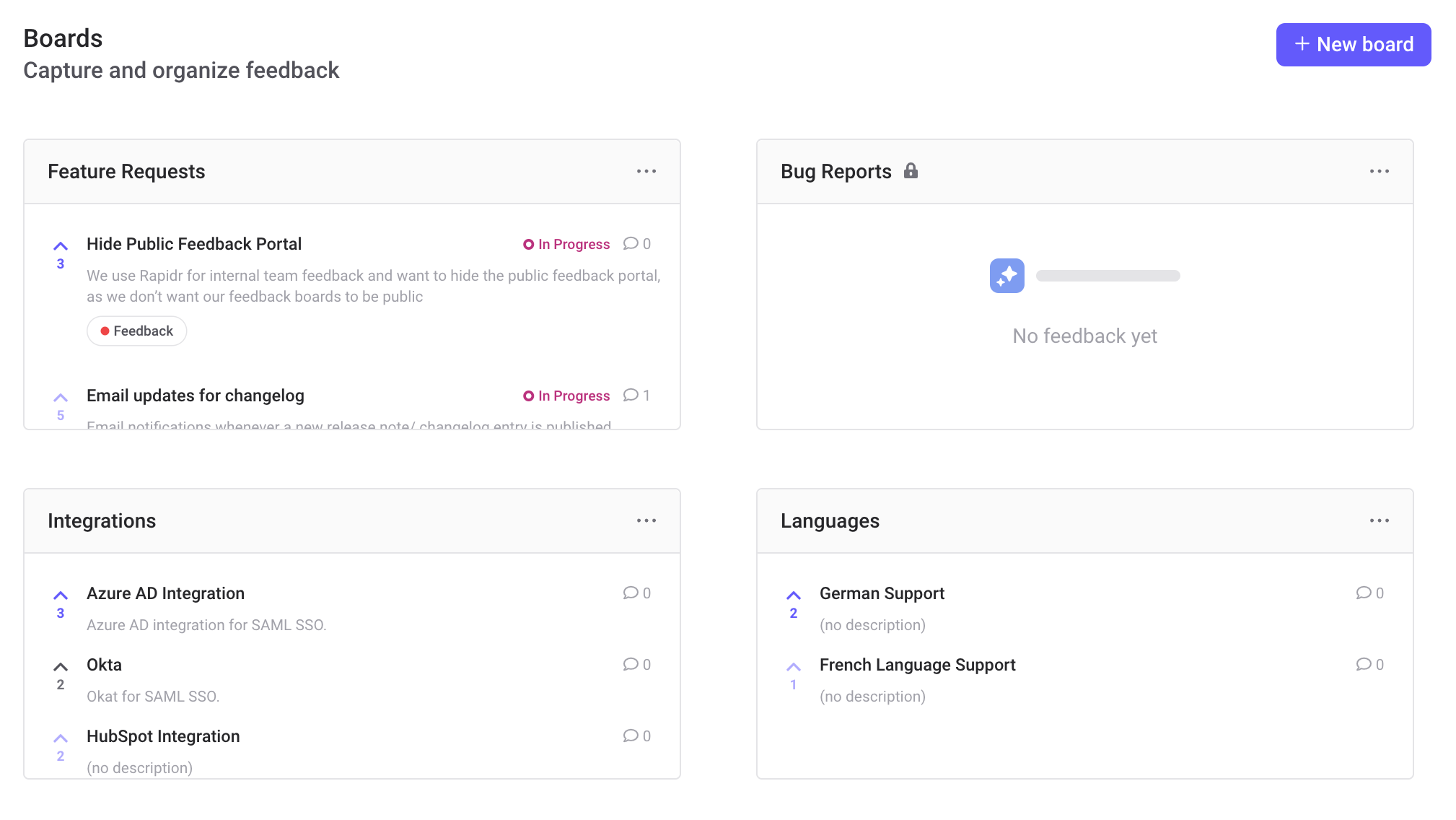
Too little or vague feedback from customers: Feedback may be vague or not provide actionable insights, making it challenging to make informed decisions about product improvements.
Analyzing and prioritizing feedback
Once the feedback has been collected, it needs to be analyzed and prioritized. Product Leaders need to identify patterns and trends in the feedback and prioritize the feedback based on its impact on the product roadmap.
Not all feedback is equal, and product managers must prioritize feedback based on its impact on the product, customer sentiment, and feasibility.
Sorting through the feedback: Product managers receive a vast amount of feedback, ranging from positive to negative, vague to detailed, and relevant to irrelevant. Sorting through this feedback to find actionable insights is challenging.
Using tools like Rapidr, product managers can easily sort and filter feedback based on votes, tags, and user segments such as paying, trial, and churned, as well as create public and private boards with dedicated access levels to easily sort user and team feedback in the same tool.
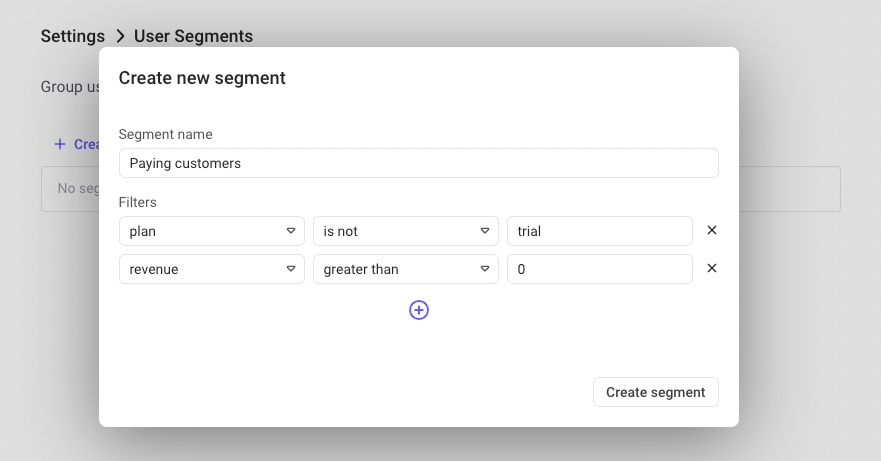
Understanding the context: Feedback can be vague or unclear, and it can be challenging to understand the context. Without context, it's difficult to determine how to act on feedback.
It's easier to understand the context when you know who gave the feedback and discuss more details and questions about the feedback provided by the user. Now you can, with Rapidr, use comments to connect and discuss more with your users and use confidential comments to connect with your teammates confidentially without losing context.

Addressing conflicting feedback: Different customers may have conflicting feedback, which makes it challenging to determine the best action. Product managers must weigh the pros and cons of each piece of feedback and decide which feedback to address.
With the help of Rapidr, PMs can easily analyze conflicting feedback with customer votes, segments, and statuses and prioritize them according to their business values and the voice of the customer.
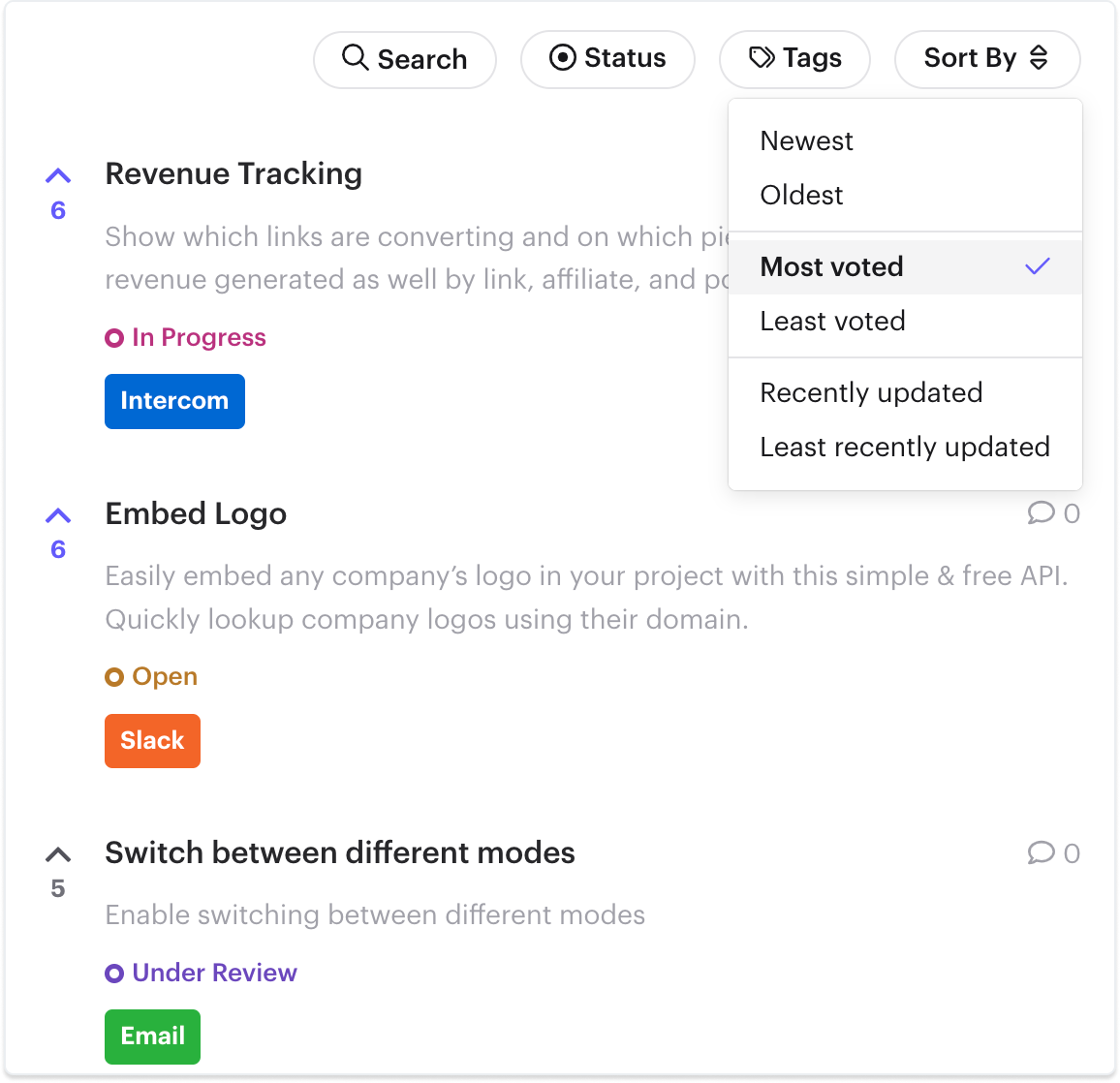
Balancing competing priorities
As a Product Manager, you are responsible for ensuring that your product meets the needs of various stakeholders, including customers, sales teams, development teams, and management. However, each of these stakeholders has different priorities, and it can be challenging to balance their needs.
Team members feel their feedback is ignored: Once it has been analyzed and prioritized, it must be communicated to the development team. Product Leaders must ensure the feedback is clear, concise, and actionable so the team can make the necessary changes.
Using an internal feedback management system will help you provide a way for different customer-facing teams to submit feedback on customers and allows product teams to identify where feedback came from based on tags and types of feedback. Product managers can organize and centralize feedback from customer support tickets, Slack channels, Intercom messages, emails, and user interviews, with its help.
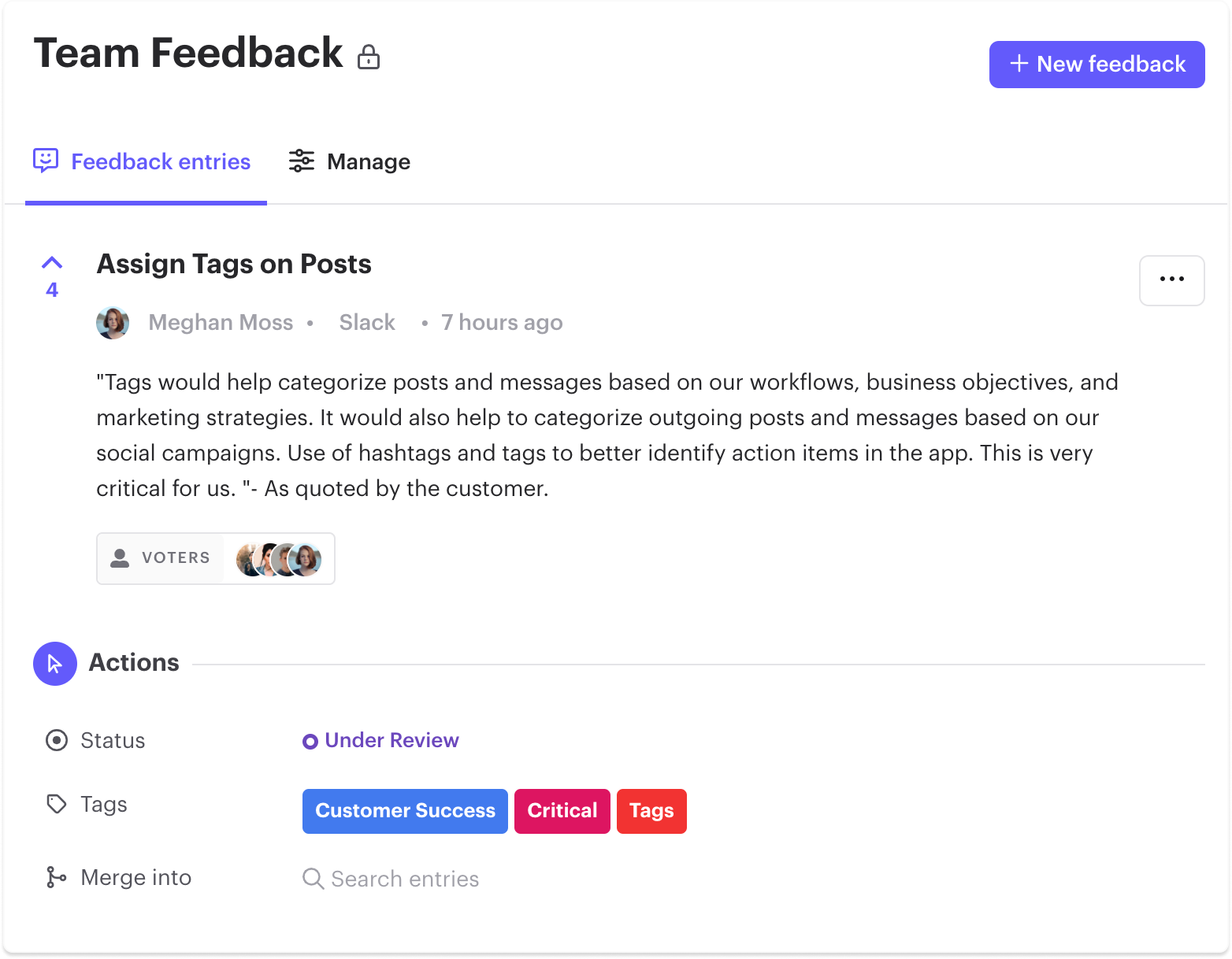
Managing scope creep: Scope creep occurs when additional features or requirements are added to a product beyond the initial scope. It can be challenging to manage scope creep, as it can affect timelines, budgets, and the product's overall success.
Cross-team communication is inefficient: Product Managers often work with cross-functional teams, and it can be challenging to manage team dynamics. To avoid this, break down silos, and hold monthly or bi-monthly customer support, sales, and product team meetings to keep the product development process in sync with customers' actual needs and requests and support the product strategy.
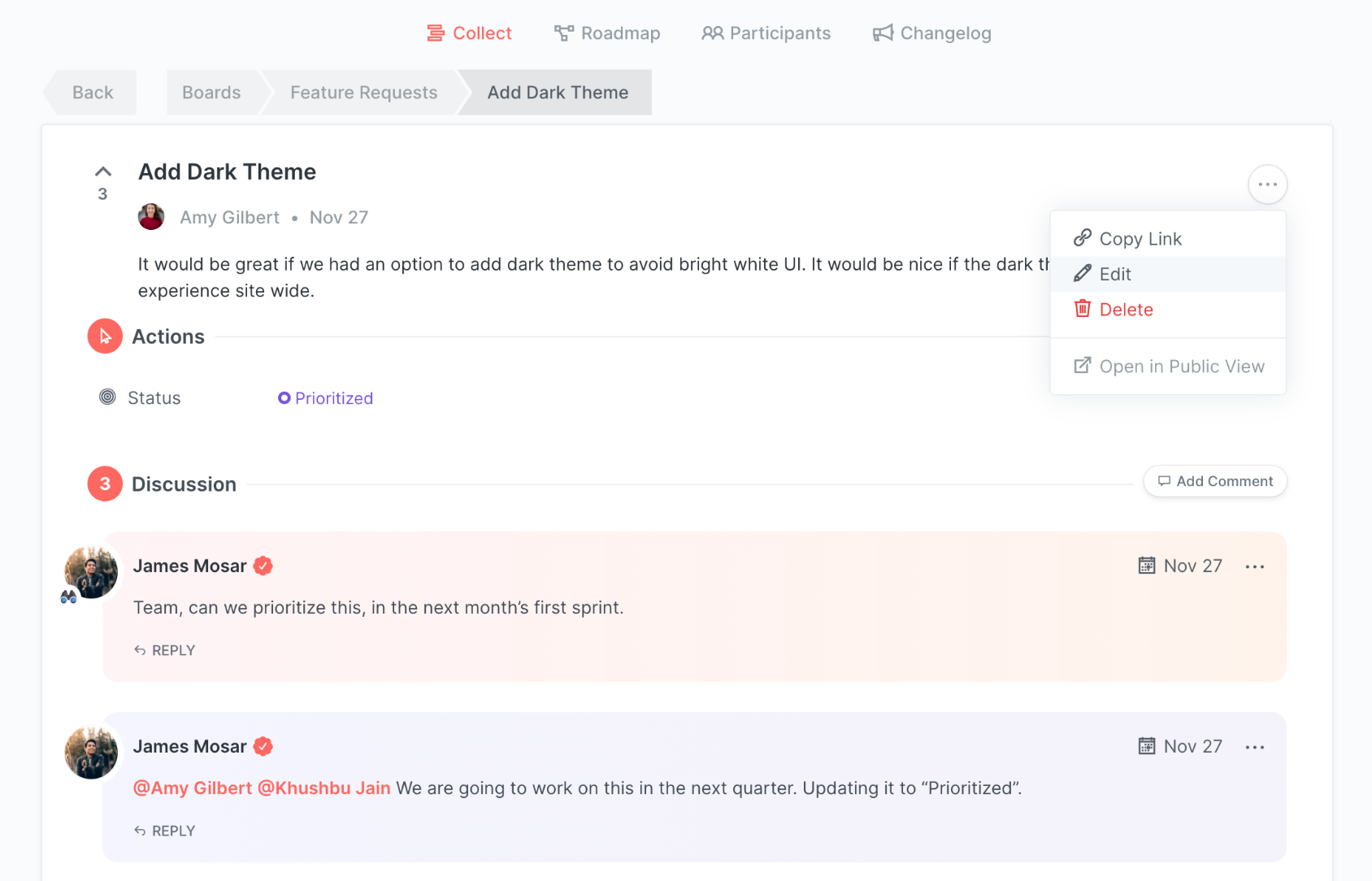
Product managers often complain that their team has so many stakeholders and projects going on; inevitably, some teams in the company start being left out, and they feel neglected. We just don't have the bandwidth to inform everyone of what's happening, ask their opinions or even involve them more."
An internal feedback management system will help break down silos between customer-facing and product teams by providing them access to internal feedback and a means to chime in on the discussion around feature prioritization. Also, close the feedback loop by showcasing feedback status with the product roadmap and changelog to inform everyone of feature releases.
Building and prioritizing product roadmap
Product managers must build a product roadmap considering market trends, customer needs, and business goals. This requires strategic thinking and planning skills.
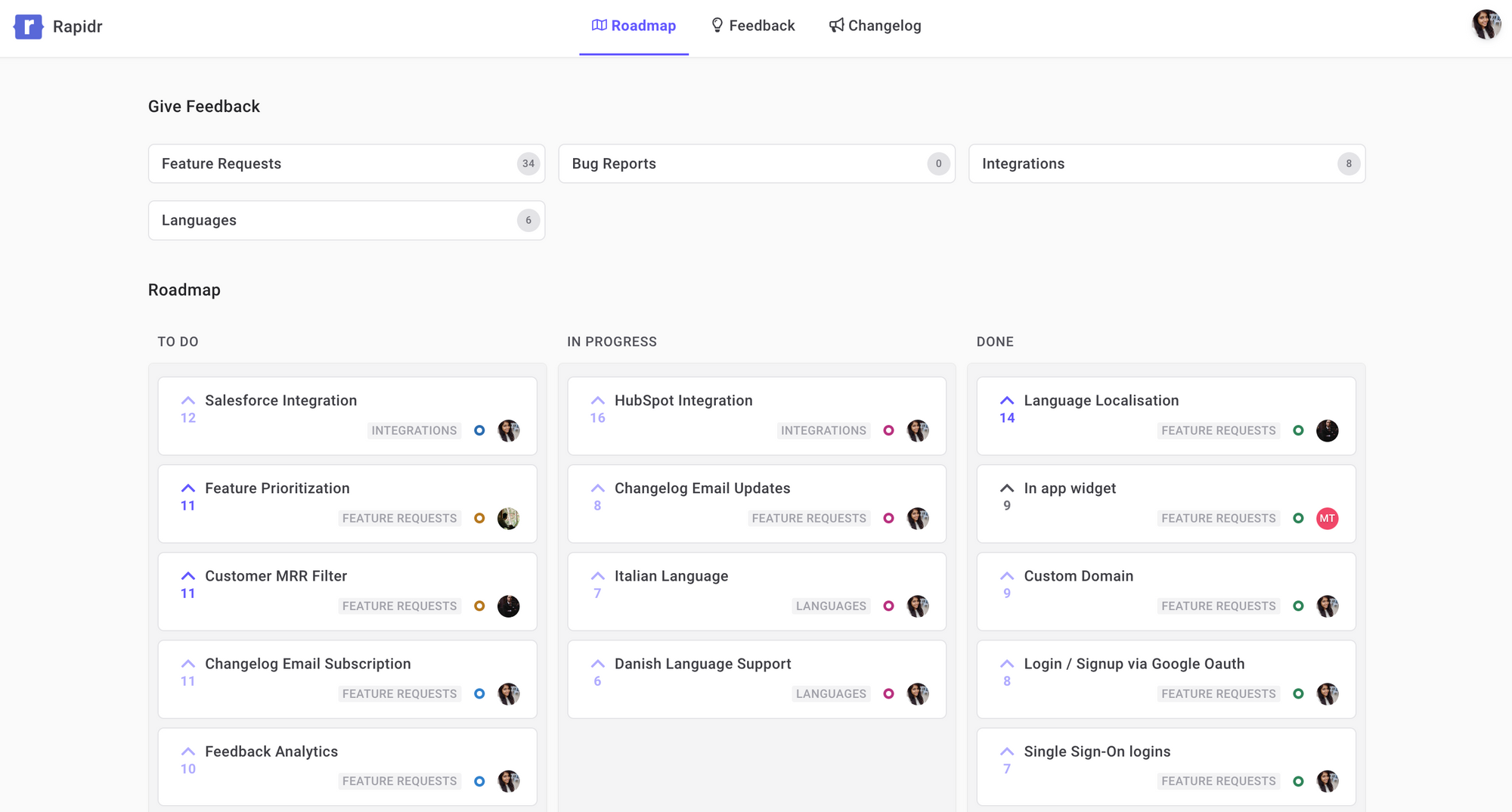
Overemphasizing feedback: Product managers may overemphasize customer feedback and fail to consider other factors, such as market research or business objectives when making product improvements.
While customer feedback is valuable, PMa must balance it with other factors, such as market trends and business goals. Relying too heavily on customer feedback can lead to a product being overly focused on meeting customer needs and insufficient to achieve business objectives.
Staying on top of market trends: Markets are constantly changing, and staying on top of the latest trends and developments is essential to ensure your product remains relevant.
Managing product lifecycles: Product managers manage different stages of the product lifecycle, from development to launch to maturity and decline. It can be challenging to manage the product throughout its lifecycle and decide when to retire it or introduce new features.
Being clear about the goals of the feedback collection process and identifying the type of feedback you want to collect, such as feature requests, bug reports, suggestions, and support issues, are essential for managing the customer feedback lifecycle.
Making data-driven decisions: Product managers must make data-driven decisions to ensure their products meet customer needs and are profitable. However, gathering and interpreting data and feedback effectively can be challenging.
Review the data and customer feedback to categorize it based on the specific issues they address. Identify patterns, trends, or recurring themes to understand the underlying problems and make data-driven decisions for product growth.
Communicating product updates and releases
When product managers make changes based on customer feedback, they must communicate these changes to customers. It can be challenging to communicate changes effectively, especially if the changes are not well-received.
Share the feedback loop results with all stakeholders, including the progress made and any adjustments to the feedback management plan. This will help maintain transparency and encourage continued customer participation in the feedback process.

Learning to say no to feature requests: Knowing your customers and their needs is the most important thing. Apart from implementing essential customer feedback strategies for being a customer-centric company, remember to acknowledge every feature request and evaluate and understand customer pain points.
When they ask for something that doesn't make sense or is outside the scope of your product, take the time to explain why it's not possible in this case. Explain why you're saying no to a feature request and why it's not the direction you want to go while keeping your tone in check.
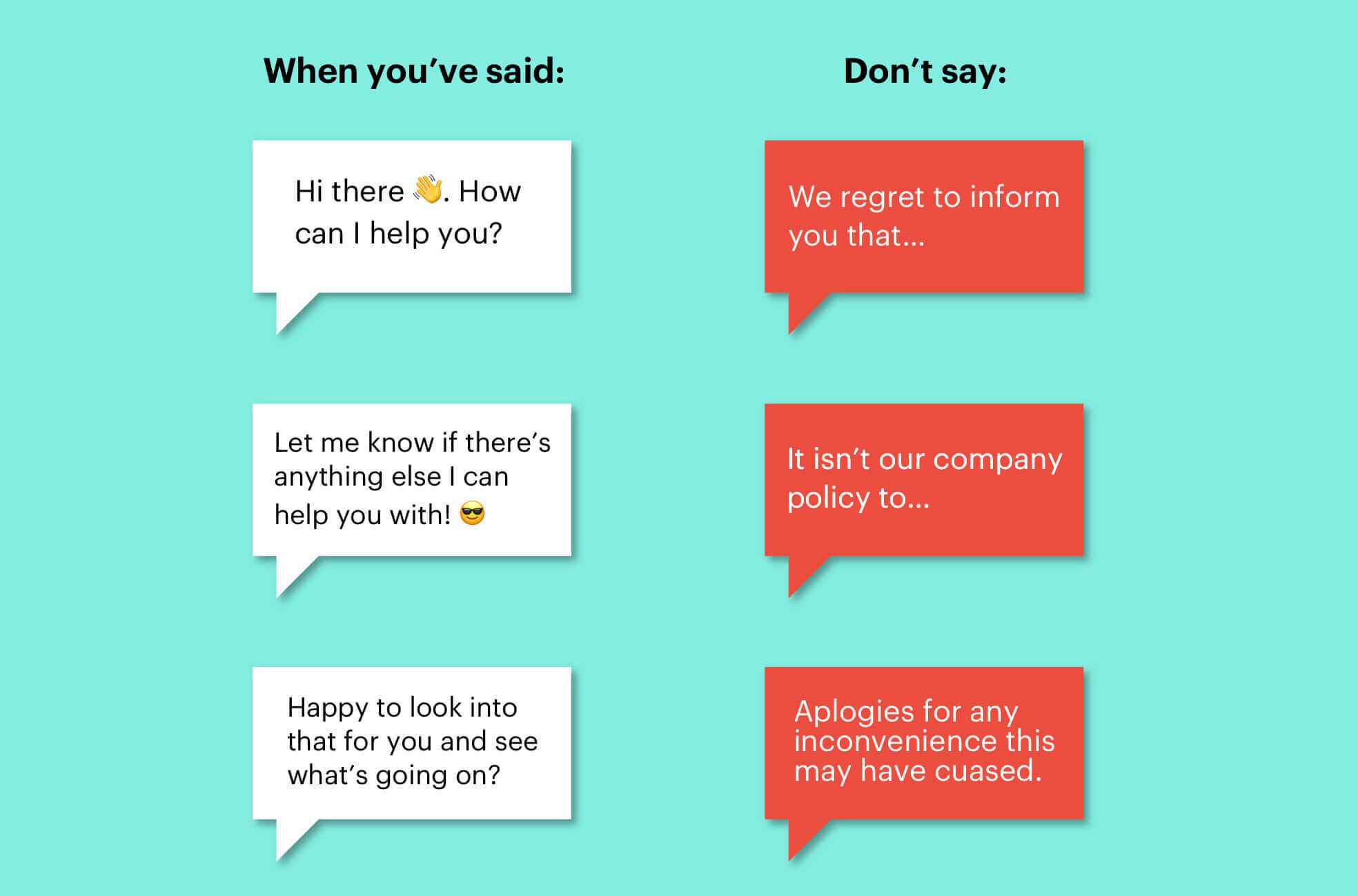
Not able to close the feedback loop: Encourage open communication among teammates and customers to complete the feedback cycle, close the feedback loop from capturing ideas to analyzing & prioritizing, and finally, notify via changelog. This helps make your internal teams and customers a part of the roadmapping and decision-making process with feedback tools like Rapidr.
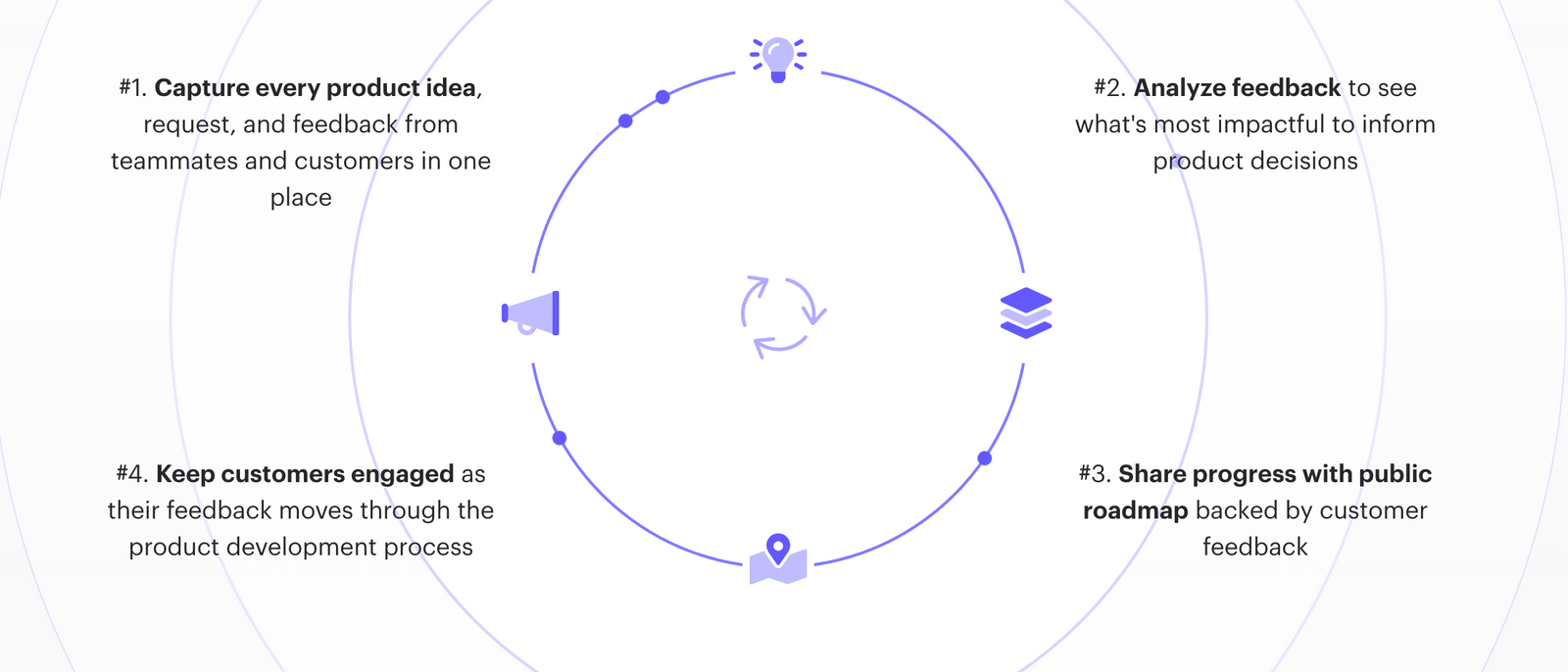
Managing customer expectations and trust
Collecting feedback can create customer expectations that their suggestions will be implemented. Product Leaders must manage these expectations by clearly communicating what changes are being made and when they will be implemented.
With Rapidr, you can easily manage customer expectations when they provide feedback by informing customers of status updates on feedback requests. This ensures customers know their feedback is heard and valued by updating the progress status. Keep them informed about which requests are in progress or planned and which are done with custom statuses.
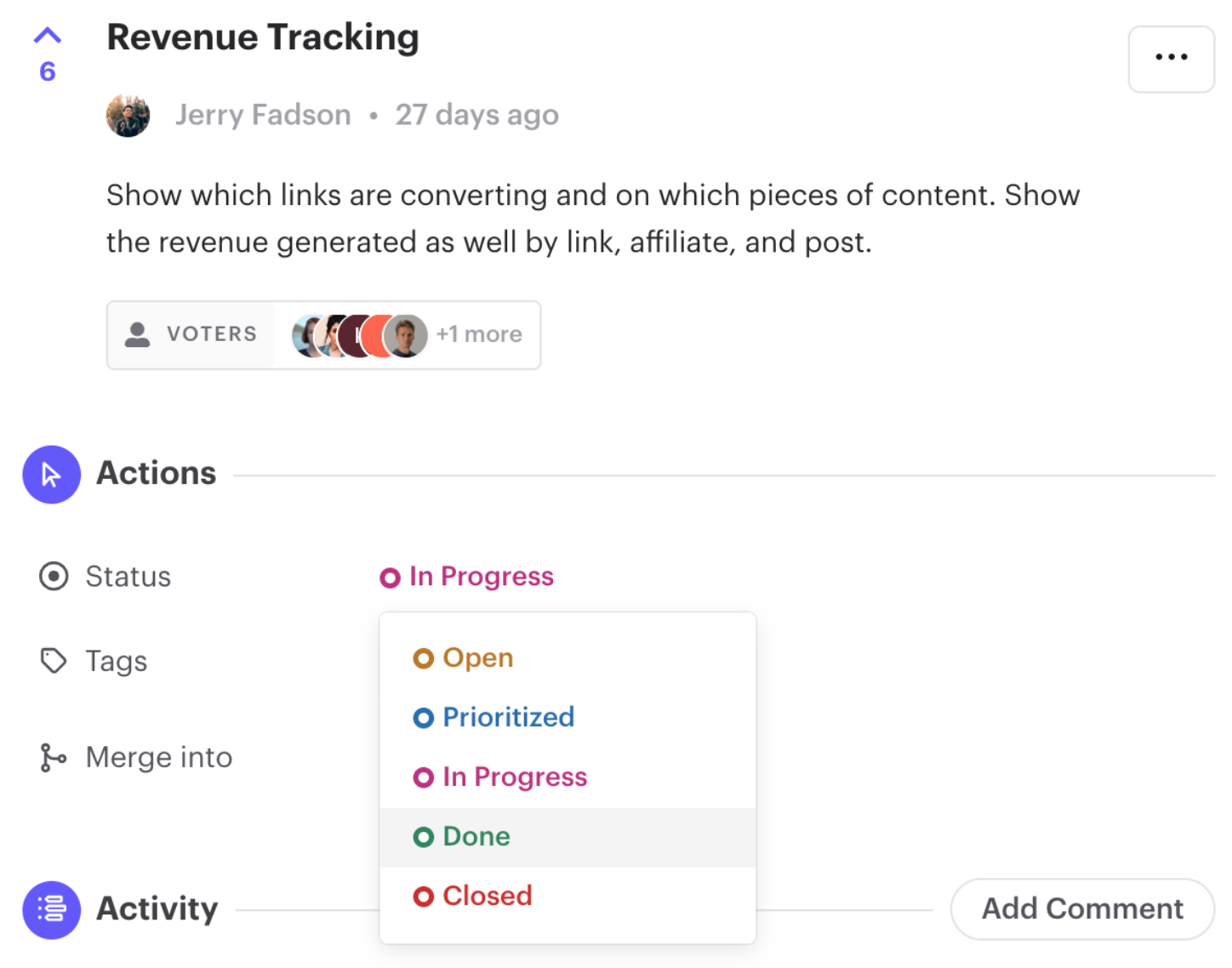
Understanding customer needs: It can be difficult to accurately capture customer feedback and interpret it in a way that will help identify improvement areas.
Customers may expect immediate changes based on their feedback. However, product managers must manage these expectations and communicate timelines for implementing changes.
If customers feel that their feedback is not being taken seriously or that changes are not being made, they may lose trust in the product and the company. Product managers must ensure that customers feel heard and that their feedback is being acted upon.
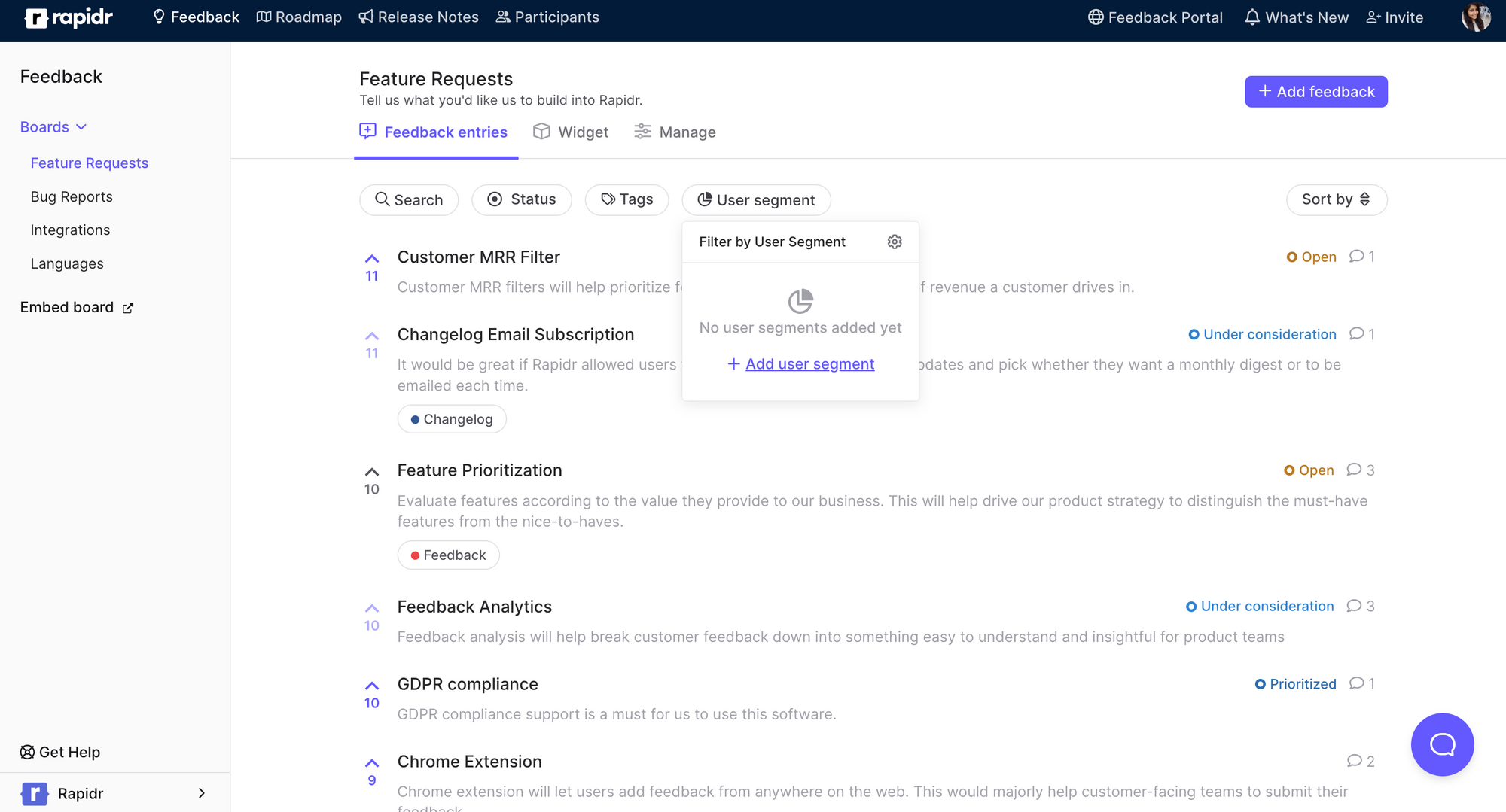
How to use customer feedback effectively?
- Collect feedback at every stage of product development, such as prototyping, launch, feature release, subscription, etc.
- Create a customer feedback portal for users to leave all feedback at any time of the day.
- Welcome both positive and negative feedback.
- Segment customers into meaningful groups to prioritize and identify critical feedback.
- Involve internal team members and customer-facing teams in the feedback collection process.
- Showcase your progress with a product roadmap.
- Close the customer feedback loop by updating users with recent changes to make them feel heard and involved with a changelog.
Collecting actionable customer feedback will improve your services and products and make customers feel valued and vital. It is essential to be transparent about product development and constantly keep your users in the loop.
While there are many customer feedback tools to help you capture, organize, and prioritize feedback, you should consider the one that enables you to uncover the insights from the feedback without jumping through hoops.
Still on edge while deciding what to use for collecting and managing user feedback? Rapidr helps SaaS companies be more customer-centric by consolidating feedback across different apps, prioritizing requests, having a discourse with customers, and closing the feedback loop. Sign up for Rapidr and get a free trial.

